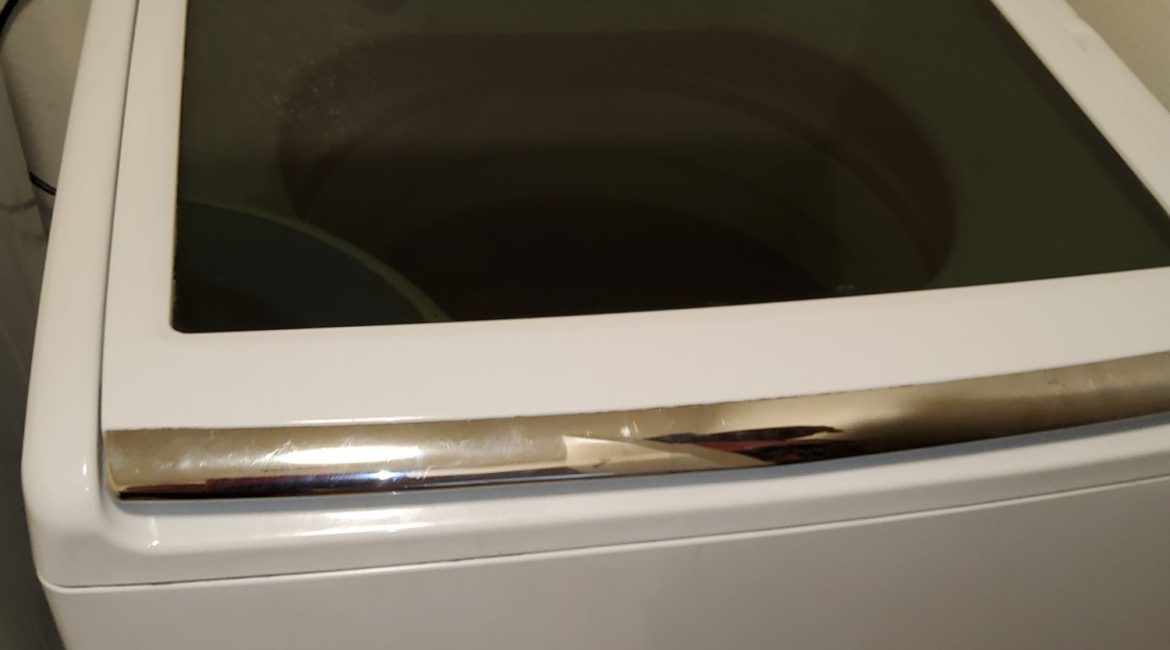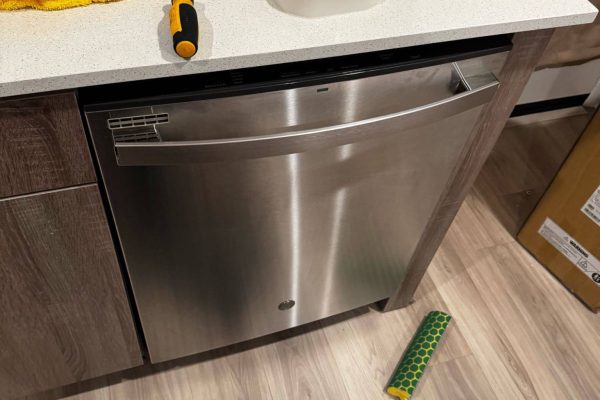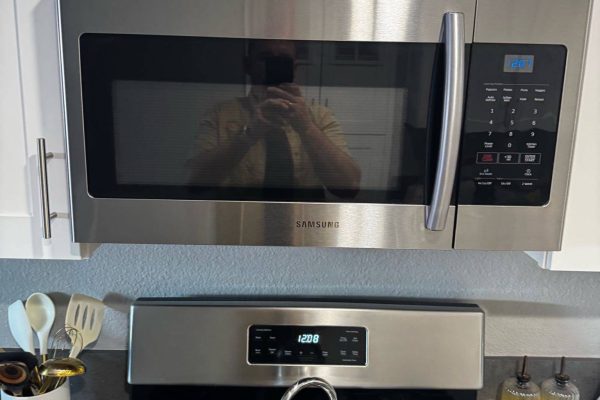The efficiency of your dryer largely depends on the functionality of its components, and the humidity sensor is one of the most crucial parts. This sensor detects the moisture levels in the load and adjusts the drying time accordingly, ensuring optimal drying while preventing over-drying or wasting energy.
But what happens when the humidity sensor malfunctions? Your dryer might not perform as expected, leading to damp clothes or unnecessarily long cycles. Fortunately, understanding how to diagnose, repair, or replace a faulty humidity sensor can help restore your dryer’s performance.
What is a Humidity Sensor?
A humidity sensor, often called a moisture sensor, is a small but vital component located inside the dryer drum or vent system. It detects moisture levels in the clothes and sends signals to the dryer’s control board to adjust the drying cycle.
When the sensor works correctly, your dryer efficiently dries clothes without using excessive energy. However, a malfunctioning sensor can lead to:
- Over-drying: Clothes may shrink or experience unnecessary wear.
- Under-drying: Clothes remain damp, requiring additional cycles.
- Energy Waste: Longer drying cycles lead to higher electricity bills.
Signs of a Faulty Humidity Sensor
Knowing the symptoms of a faulty humidity sensor can save you time and frustration. Look for these signs:
- Extended Drying Times: Clothes take longer to dry even with small loads.
- Damp Clothes After a Cycle: The dryer completes the cycle, but clothes are still wet.
- Inconsistent Drying: Some clothes are dry, while others remain damp.
- Error Codes: Modern dryers may display error codes indicating a sensor issue.
Steps to Diagnose and Repair a Faulty Humidity Sensor
If you suspect a problem with your dryer’s humidity sensor, here’s how to address it:
- Check for Lint and Dirt Build-Up
- Problem: Lint or dirt can coat the sensor, preventing accurate readings.
- Solution: Use a damp cloth or rubbing alcohol to clean the sensor strips. Avoid using abrasive cleaners that could damage the surface.
- Inspect the Sensor for Physical Damage
- Problem: Cracks, corrosion, or wear can render the sensor ineffective.
- Solution: Visually inspect the sensor. If damage is visible, it’s likely time to replace it.
- Test the Sensor
- Problem: The sensor might be electrically faulty.
- Solution: Use a multimeter to check for continuity. If the sensor doesn’t show continuity, it’s no longer functional.
- Reset or Recalibrate the Dryer
- Problem: The control board might not be receiving correct signals from the sensor.
- Solution: Consult your dryer’s user manual to reset or recalibrate the appliance.
- Replace the Sensor
- Problem: A completely non-functional sensor will require replacement.
- Solution: Purchase a replacement sensor compatible with your dryer model. Follow the user manual or consult a technician to install it correctly.
Preventing Humidity Sensor Issues
Regular maintenance can help prolong the life of your humidity sensor and keep your dryer running efficiently.
- Clean the Sensor Regularly
- Wipe the sensor with a soft cloth and a mild cleaner to remove lint and residue.
- Avoid Overloading the Dryer
- Overloading can strain the sensor and other components, leading to reduced efficiency.
- Perform Routine Maintenance
- Clean the lint filter and vent system to ensure proper airflow.
- Schedule Regular Inspections
- Have your dryer serviced by a professional to catch potential issues early.
When to Call a Professional?
While some humidity sensor issues can be resolved with basic troubleshooting, certain situations require expert intervention:
- Persistent Problems: If cleaning and resetting the dryer doesn’t fix the issue, professional diagnosis is necessary.
- Complex Repairs: Replacing sensors or addressing wiring issues can be challenging without the right tools and expertise.
- Error Codes: Technicians can interpret error codes and resolve underlying problems.
- Preventative Maintenance: A professional can inspect your dryer to prevent future issues.
Benefits of Professional Repair Services
Enlisting a professional repair service offers several advantages:
- Accurate Diagnosis: Technicians have the knowledge and tools to pinpoint the root cause.
- Quality Repairs: Professionals use reliable parts and ensure proper installation.
- Time Savings: Avoid the hassle of trial-and-error repairs.
- Safety Assurance: Technicians handle electrical components safely.
Choose Poway Appliance Repair Service Center for Your Dryer Needs
At Poway Appliance Repair Service Center, we specialize in diagnosing and repairing humidity sensor issues to restore your dryer’s performance. Our experienced technicians provide:
- Expert Repairs: Skilled professionals fix issues with precision.
- Comprehensive Services: We handle all dryer makes and models.
- Affordable Pricing: Quality repairs at competitive rates.
- Quick Turnaround: Get your dryer running efficiently in no time.
Don’t let a faulty humidity sensor disrupt your laundry routine. Call Poway Appliance Repair Service Center today for reliable and efficient dryer repairs!
Contact us


